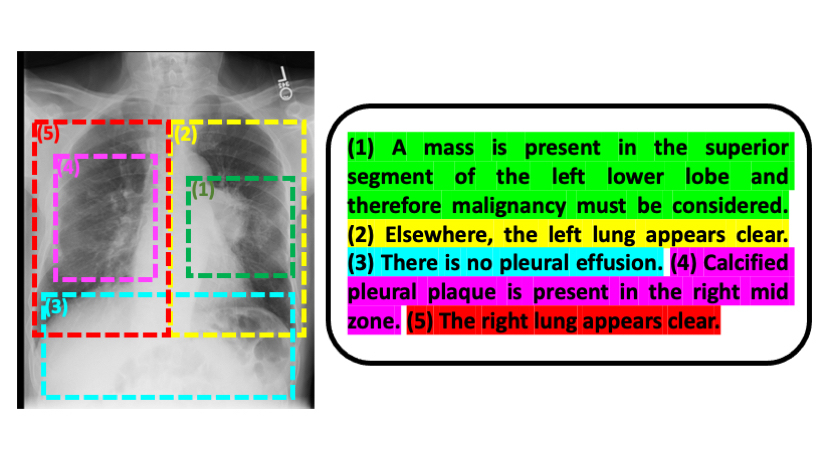

Unlocking Insights: Navigating the World of Radiology Reports
Radiology reports stand as crucial documents in the realm of medical imaging, providing valuable insights that guide diagnosis and treatment. Delving into the intricacies of these reports unveils the significance they hold in decoding the mysteries within the human body and steering the course of patient care.
Interpreting Diagnostic Images: The Essence of Radiology Reports
At the heart of radiology reports lies the interpretation of diagnostic images. Whether it’s X-rays, CT scans, MRIs, or other imaging modalities, radiologists meticulously analyze these visuals to identify abnormalities, anomalies, or signs of disease. The narrative within the report serves as a bridge between the complex imagery and the understanding of healthcare professionals.
The Language of Radiology: Precision and Clarity
Crafting a radiology report requires a specialized language that combines precision and clarity. Radiologists employ medical terminology and standardized descriptions to convey findings accurately. This linguistic precision is paramount in ensuring that referring physicians, surgeons, and other healthcare providers can comprehend and act upon the information seamlessly.
Key Components of Radiology Reports: A Comprehensive Overview
Radiology reports typically include several key components. The clinical history sets the context for the imaging study, guiding radiologists in their analysis. The technique section details the imaging procedure employed, while the findings section delves into the radiologist’s observations. Impressions and recommendations conclude the report, providing crucial guidance for further diagnostic or treatment steps.
Advanced Imaging Technologies: Enhancing Diagnostic Accuracy
The evolution of imaging technologies has significantly impacted the accuracy of radiology reports. From high-resolution MRI scans to contrast-enhanced CT imaging, technological advancements empower radiologists to discern subtle details and offer more precise diagnostic information. These innovations contribute to elevating the standard of care and expanding the diagnostic capabilities of radiology.
Tailoring Reports to Specialized Fields: Subspecialty Expertise
Radiology spans various subspecialties, each focusing on specific areas of the body or types of imaging. Subspecialty expertise allows radiologists to provide in-depth analyses within their field. Whether it’s musculoskeletal radiology, neuroradiology, or cardiovascular imaging, tailoring reports to specialized knowledge ensures a nuanced understanding of complex medical conditions.
Critical Role in Disease Detection: Early Intervention Opportunities
Radiology reports play a critical role in the early detection of diseases. Identifying abnormalities in their nascent stages allows for prompt intervention and treatment. Whether it’s detecting tumors, assessing the extent of injuries, or identifying vascular issues, timely insights from radiology reports empower healthcare teams to implement effective and often life-saving measures.
Communication between Healthcare Teams: Bridging Gaps in Care
Radiology reports serve as a vital communication tool among healthcare professionals. They facilitate collaboration between radiologists, referring physicians, and specialists, fostering a holistic approach to patient care. The seamless exchange of information ensures that all members of the healthcare team are on the same page, leading to more informed decision-making.
Patient-Centric Understanding: Translating Reports for Individuals
While radiology reports are primarily designed for medical professionals, efforts are made to translate findings into patient-centric understanding. Communication of results to patients involves conveying complex information in a comprehensible manner, allowing individuals to actively participate in their healthcare journey. This patient empowerment fosters informed decision-making and enhances overall healthcare experiences.
Radiology Reports: A Gateway to Informed Healthcare
In conclusion, radiology reports serve as a gateway to informed healthcare, providing a roadmap for diagnosis and treatment. The precision, expertise, and advanced technologies encapsulated within these reports contribute to the evolving landscape of medical imaging. Explore Radiology Reports to deepen your understanding of this essential aspect of healthcare and stay informed about the latest advancements in medical imaging.
